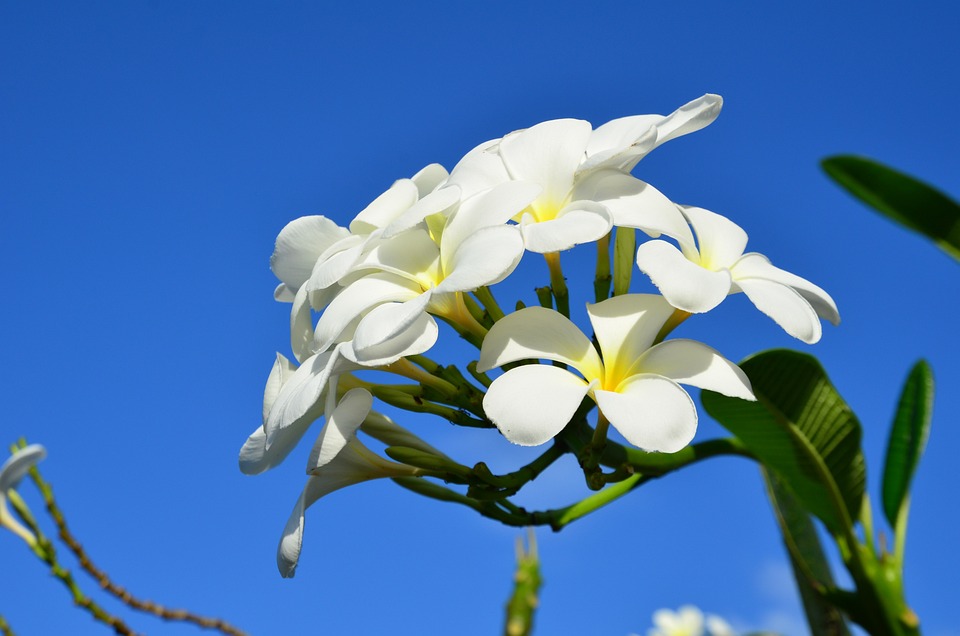Bali, often referred to as the Island of the Gods, is renowned for its lush landscapes, vibrant culture, and pristine beaches. However, beneath its tropical veneer lies a geologically dynamic heart characterized by an array of stunning volcanic formations. This article takes you on an exploratory journey into Bali’s volcanic wonders, showcasing the island’s captivating geological features, cultural significance, and opportunities for adventure.
At the center of Bali’s volcanic landscape is Mount Agung, the island’s highest peak, standing at an impressive 3,031 meters. This stratovolcano, revered by locals, is not only a natural marvel but also a central part of Balinese spirituality. It is often considered a sacred site, believed to be the abode of the Hindu deities. Mount Agung’s last major eruption in 1963 significantly impacted the island, resulting in ash plumes that reached as far as Jakarta and affecting agricultural practices. Despite its tumultuous past, this majestic mountain hosts numerous trekking routes, allowing adventurous visitors to witness breathtaking sunrises from its summit. The ascent to the top is not merely a hike; it is a journey into the soul of Bali, offering panoramic views of the island and beyond.
In addition to Mount Agung, visitors should not miss Mount Batur, a prominent volcanic peak located in the Kintamani region. Standing at 1,717 meters, it attracts numerous tourists eager to experience its sunrise treks. The hike to the summit is moderately challenging and generally takes around two hours, rewarding hikers with stunning views of the surrounding caldera, Lake Batur, and the distant peaks of Mount Agung. The area is also home to several hot springs, allowing visitors to relax their muscles after the trek while enjoying the scenic backdrop of the mountains.
The impact of Bali’s volcanic activity is not only seen in its topography but also in its rich biodiversity. The fertile volcanic soil supports a thriving agricultural community, where rice paddies, fruits, and vegetables flourish. Iconic terraces, such as those found in Tegalalang, showcase the harmony between nature and traditional farming practices, a testament to the resilience and adaptability of the Balinese people. The region’s unique climatic conditions, coupled with the rich minerals from the volcanic earth, result in high-quality produce that is integral to Balinese cuisine.
Bali’s volcanic wonders extend to the underwater realm as well, particularly around the island of Nusa Penida, which is directly affected by the volcanic activity of the region. Divers and snorkelers flock to this location to explore vibrant coral reefs and a plethora of marine life, including manta rays and the elusive mola mola, or ocean sunfish. The coastal areas shaped by volcanic eruptions provide unique underwater topographies, enhancing the diving experience.
Another fascinating site within Bali’s volcanic landscape is the Besakih Temple, often referred to as the Mother Temple of Bali. Nestled on the slopes of Mount Agung, this temple complex consists of over 80 individual temples and serves as the spiritual heart of the island. Its location not only offers breathtaking views of the surrounding hills and rice fields but also highlights the Balinese people’s deep-seated beliefs in the connection between their deities and the mountains. Visitors can immerse themselves in local rituals and gain insights into the Hindu faith that shapes Balinese culture.
Not to be overlooked are the volcanic lakes found in the region. Lake Batur, a picturesque crater lake, is surrounded by scenic landscapes and offers activities such as boating and fishing. The lake’s serene setting is perfect for relaxation and reflection, making it a popular spot for both locals and tourists seeking solace from the bustling tourist areas of Bali.
The culture and history intertwined with Bali’s volcanic activity create a rich tapestry that is both fascinating and educational. The locals’ deep reverence for their landscape, shaped by both beauty and destruction, provides visitors with a profound understanding of the interplay between nature and spirituality. Engaging with local communities can enhance one’s experience, as artisans and farmers share their stories of how the land has shaped their lives and traditions.
In conclusion, Bali’s volcanic wonders present an extraordinary blend of natural beauty, adventure, and cultural richness. From the majestic peaks of Mount Agung and Mount Batur to the fertile rice terraces and vibrant underwater ecosystems, the island offers a diverse range of experiences that cater to nature lovers, adventure seekers, and cultural enthusiasts alike. Whether scaling a volcano at dawn or exploring the sacred temples that dot the landscape, Bali promises an enriching experience that goes beyond mere sightseeing, inviting travelers to discover the enchanting heart of the island.
